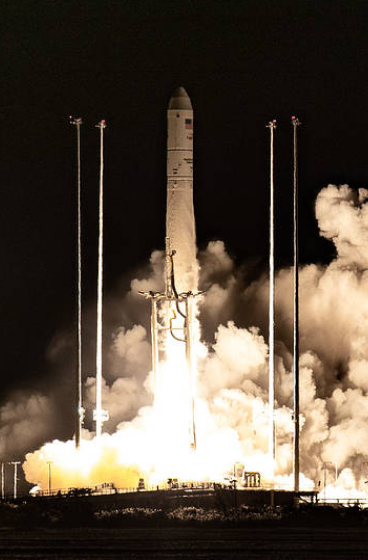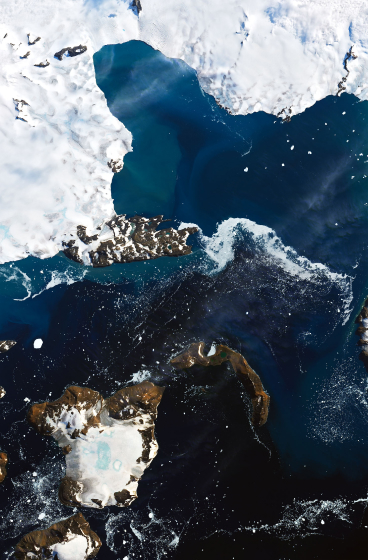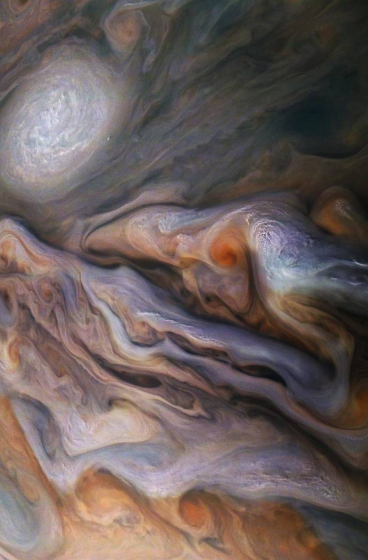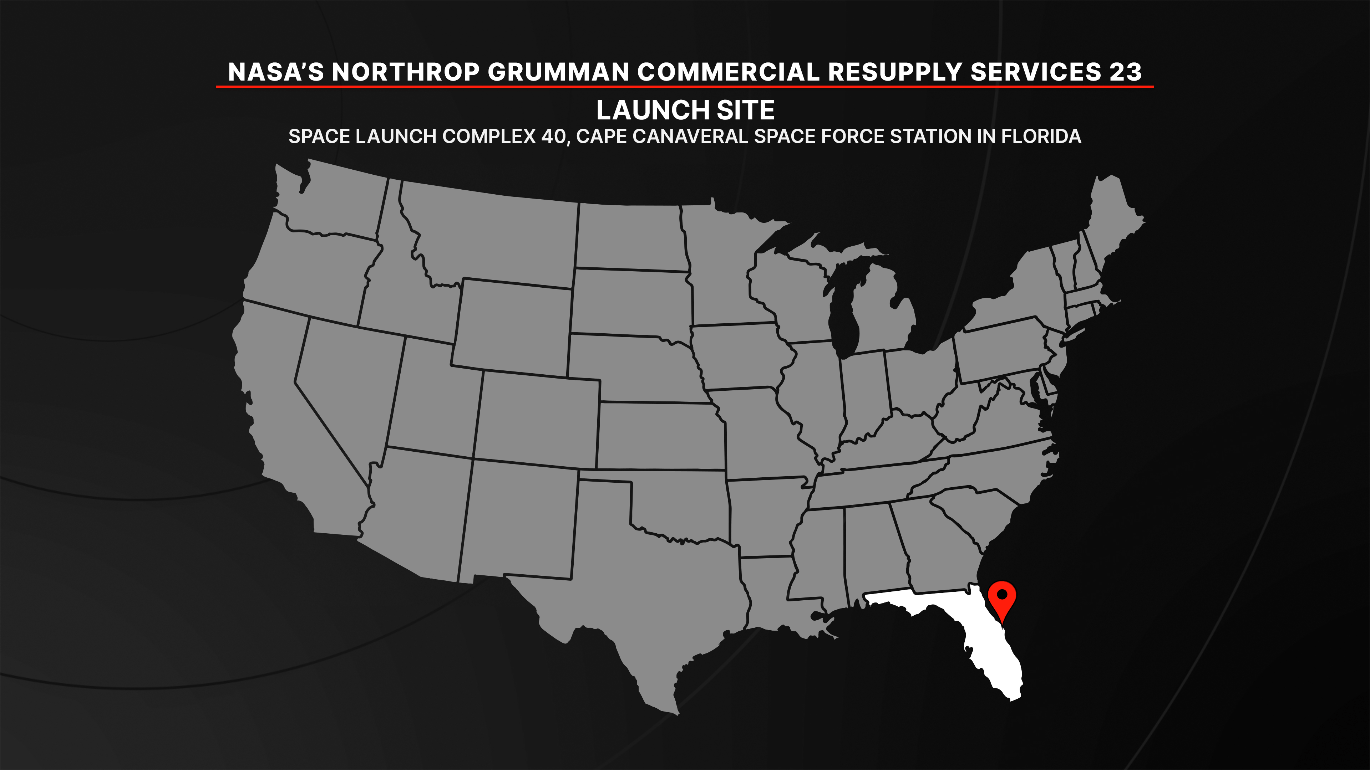Artemis II Crew Both Subjects and Scientists in NASA Deep Space Research
With Artemis II, NASA is taking the science of living and working in space beyond low Earth orbit. While the test flight will help confirm the systems and hardware needed for human deep space exploration, the crew also will be serving as both scientists and volunteer research subjects, completing a suite of experiments that will allow NASA to better understand how human health may change in deep space environments. Results will help the agency build future interventions, protocols, and preventative measures to best protect astronauts on future missions to the lunar surface and to Mars.
Science on Artemis II will include seven main research areas:
ARCHeR: Artemis Research for Crew Health and Readiness
NASA’s Artemis II mission provides an opportunity to explore how deep space travel affects sleep, stress, cognition, and teamwork — key factors in astronaut health and performance. While these effects are well-documented in low Earth orbit, they’ve never been fully studied during lunar missions.
Artemis II astronauts who agreed to be part of the study will wear wristband devices that continuously monitor movement and sleep patterns throughout the mission. The data will be used for real-time health monitoring and safety assessments, while pre- and post-flight evaluations will provide deeper insights into cognition, behavior, sleep quality, and teamwork in the unique environment of deep space and the Orion spacecraft.
The findings from the test flight will inform future mission planning and crew support systems, helping NASA optimize human performance for the next era of exploration on the Moon and Mars.
Immune Biomarkers
Saliva provides a unique window into how the human immune system functions in a deep space environment. Tracing changes in astronauts’ saliva from before, during, and after the mission will enable researchers to investigate how the human body responds to deep space in unprecedented ways.
Dry saliva will be collected before, during, and after the mission. It will be blotted onto specialized paper in pocket-sized booklets since equipment needed to preserve wet spit samples in space – including refrigeration – will not be available due to volume constraints. To augment that information, liquid saliva and blood samples will be collected before and after the mission.
With these wet and dry saliva samples, scientists will gain insights into how the astronauts’ immune systems are affected by the increased stresses of radiation, isolation, and distance from Earth during their deep space flight. They also will examine whether otherwise dormant viruses are reactivated in space, as has been seen previously on the International Space Station with viruses that can cause chickenpox and shingles.
The information gathered from this study, when combined with data from other missions, will help researchers develop ways to keep crew members safe and healthy as we explore farther and travel for longer periods on deep space missions.
AVATAR: A Virtual Astronaut Tissue Analog Response
AVATAR is another important component of NASA’s strategy to gain a holistic understanding of how the deep space environment affects humans. Scientists plan to use organ-on-a-chip technology during Artemis II, marking the first time these devices will be used beyond the Van Allen belts.
Roughly the size of a USB thumb drive, the chips will measure how individual astronauts respond to deep space stressors, including extreme radiation and microgravity. The organ chips will contain cells developed from preflight blood donations provided by crew members to create miniature stand-ins, or “avatars,” of their bone marrow. Bone marrow plays a vital role in the immune system and is particularly sensitive to radiation, which is why scientists selected it for this study.
A key goal for this research is to validate whether organ chips can serve as accurate tools for measuring and predicting human responses to stressors. To evaluate this, scientists will compare AVATAR data with space station findings, as well as with samples taken from the crew before and after flight.
AVATAR could inform measures to ensure crew health on future deep space missions, including personalizing medical kits to each astronaut. For citizens on Earth, it could lead to advancements in individualized treatments for diseases such as cancer.
AVATAR is a demonstration of the power of public-private partnerships. It’s a collaboration between government agencies and commercial space companies: NASA, National Center for Advancing Translational Sciences within the National Institutes of Health, Biomedical Advanced Research and Development Authority, Space Tango, and Emulate.
Artemis II Standard Measures
The crew also will become the first astronauts in deep space to participate in the Spaceflight Standard Measures study, an investigation that’s been collecting data from participating crew members aboard the space station and elsewhere since 2018. The study aims to collect a comprehensive snapshot of astronauts’ bodies and minds by gathering a consistent set of core measurements of physiological response.
The crew will provide biological samples including blood, urine, and saliva for evaluating nutritional status, cardiovascular health, and immunological function starting about six months before their launch. The crew also will participate in tests and surveys evaluating balance, vestibular function, muscle performance, changes in their microbiome, as well as ocular and brain health. While in space, data gathering will include an assessment of motion sickness symptoms. After landing, there will be additional tests of head, eye, and body movements, among other functional performance tasks. Data collection will continue for a month after their return.
All this information will be available for scientists interested in studying the effects of spaceflight via request to NASA’s Life Sciences Data Archive. The results from this work could lead to future interventions, technologies, and studies that help predict the adaptability of crews on a Mars mission.
Radiation Sensors Inside Orion
During the uncrewed Artemis I mission, Orion was blanketed in 5,600 passive and 34 active radiation sensors. The information they gathered assured researchers Orion’s design can provide protection for crew members from hazardous radiation levels during lunar missions. That doesn’t mean that scientists don’t want more information, however.
Similar to Artemis I, six active radiation sensors, collectively called the Hybrid Electronic Radiation Assessors, will be deployed at various locations inside the Orion crew module. Crew also will wear dosimeters in their pockets. These sensors will provide warnings of hazardous radiation levels caused by space weather events made by the Sun. If necessary, this data will be used by mission control to drive decisions for the crew to build a shelter to protect from radiation exposure due to space weather.
Additionally, NASA has again partnered the German Space Agency DLR for an updated model of their M-42 sensor – an M-42 EXT – for Artemis II. The new version offers six times more resolution to distinguish between different types of energy, compared to the Artemis I version. This will allow it to accurately measure the radiation exposure from heavy ions which are thought to be particularly hazardous for radiation risk. Artemis II will carry four of the monitors, affixed at points around the cabin by the crew.
Collectively, sensor data will paint a full picture of radiation exposures inside Orion and provide context for interpreting the results of the ARCHeR, AVATAR, Artemis II Standard Measures, and Immune Biomarkers experiments.
Lunar Observations Campaign
The Artemis II crew will take advantage of their location to explore the Moon from above. As the first humans to see the lunar surface up close since 1972, they’ll document their observations through photographs and audio recordings to inform scientists’ understanding of the Moon and share their experience of being far from Earth. It’s possible the crew could be the first humans to see certain areas of the Moon’s far side, though this will depend on the time and date of launch, which will affect which areas of the Moon will be illuminated and therefore visible when the spacecraft flies by.
Spacecraft such as NASA’s Lunar Reconnaissance Orbiter have been surveying and mapping the Moon for decades, but Artemis II provides a unique opportunity for humans to evaluate the lunar surface from above. Human eyes and brains are highly sensitive to subtle changes in color, texture, and other surface characteristics. Having the crew observe the lunar surface directly – equipped with questions that scientists didn’t even know to ask during Apollo missions – could form the basis for future scientific investigations into the Moon’s geological history, the lunar environment, or new impact sites.
It will also offer the first opportunity for an Artemis mission to integrate science flight control operations. From their console in the flight control room in mission control, a science officer will consult with a team of scientists with expertise in impact cratering, volcanism, tectonism, and lunar ice, to provide real-time data analysis and guidance to the Artemis II crew in space. During the mission, the lunar science team will be located in mission control’s Science Evaluation Room at NASA’s Johnson Space Center in Houston.
Lessons learned during Artemis II will pave the way for lunar science operations on future missions.
CubeSats
Several additional experiments are hitching a ride to space onboard Artemis II in the form of CubeSats – shoe-box-sized technology demonstrations and scientific experiments. Though separate from the objectives of the Artemis II mission, they may enhance understanding of the space environment.
Four international space agencies have signed agreements to send CubeSats into space aboard the SLS (Space Launch System) rocket, each with their own objectives. All will be released from an adapter on the SLS upper stage into a high-Earth orbit, where they will conduct an orbital maneuver to reach their desired orbit.
- ATENEA – Argentina’s Comisión Nacional de Actividades Espaciales will collect data on radiation doses across various shielding methods, measure the radiation spectrum around Earth, collect GPS data to help optimize future mission design, and validate a long-range communications link.
- K-Rad Cube – The Korea Aerospace Administration will use a dosimeter made of material designed to mimic human tissue to measure space radiation and assess biological effects at various altitudes across the Van Allen radiation belt.
- Space Weather CubeSat – The Saudi Space Agency will measure aspects of space weather, including radiation, solar X-rays, solar energetic particles, and magnetic fields, at a range of distances from Earth.
- TACHELES – The Germany Space Agency DLR will collect measurements on the effects of the space environment on electrical components to inform technologies for lunar vehicles.
Together, these research areas will inform plans for future missions within NASA’s Artemis campaign. Through Artemis, NASA will send astronauts to explore the Moon for scientific discovery, economic benefits, and build the foundation for the first crewed missions to Mars.
Powered by WPeMatico
Get The Details…
Rachel H. Kraft






















